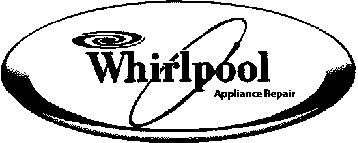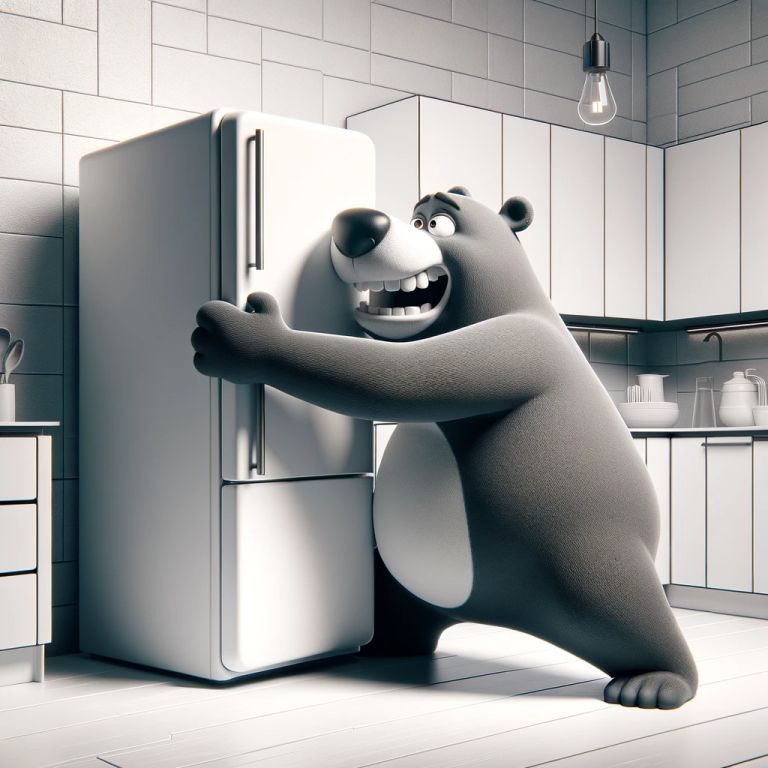Oven not self-cleaning
A self-cleaning oven is supposed to make life easier, but what happens when this convenient feature stops working? If your oven is not self-cleaning as it should, you're left with a problem that defeats one of the appliance's key conveniences. Fortunately, there are several steps you can take to troubleshoot and hopefully resolve the issue. This guide will walk you through common reasons your oven's self-cleaning feature might not be working and how to address them.
Common Causes Why an Oven Won't Self-Clean
1. Door Latch Issues: The self-cleaning cycle requires the oven door to be securely latched. If there's an issue with the latch, the cycle won't start.
2. Control Lockout: Some ovens have a control lockout feature that prevents the self-cleaning cycle from being activated accidentally.
3. Faulty Temperature Sensor: The oven may avoid entering the self-cleaning cycle if it detects a problem with the temperature sensor.
4. Control Board Problems: The control board governs the oven's functions, including the self-cleaning cycle. If it's malfunctioning, it may prevent the cycle from starting.
Troubleshooting Steps for a Non-Working Self-Cleaning Oven
Check the Door Latch
Inspect visually for any obstructions or damages to the latch.
Try manually locking and unlocking the door if your model allows. Ensure it fully engages.
Disable Control Lockout
Consult your oven’s manual for instructions on disabling the control lockout feature. This usually involves pressing and holding a specific button or combination of buttons.
Inspect the Temperature Sensor
Check for visible damage to the sensor. It should not be touching the interior oven wall.
Test with a multimeter for electrical continuity. Replace the sensor if it doesn't meet the manufacturer's specifications.
Reset the Oven's Power
Unplug the oven or turn off the circuit breaker for a few minutes to reset the electrical system, then turn it back on. This can sometimes resolve electronic glitches.
When to Call a Professional
If you’ve followed the troubleshooting steps and your oven's self-cleaning feature still isn't working, it might be time to call in a professional. An experienced technician can diagnose and repair more complex issues, such as problems with the control board or internal wiring, ensuring your oven safely and effectively cleans itself again.
Conclusion
An oven that won't self-clean can be a frustrating issue, but in many cases, it's one that you can resolve with some basic troubleshooting. By understanding the common causes and taking systematic steps to address them, you can often get your oven's self-cleaning feature working again. Regular maintenance and timely attention to operational issues can also help prevent future problems. However, don't hesitate to seek professional assistance for repairs beyond simple fixes, ensuring your oven continues to serve you well in the kitchen.






















Recent Comments